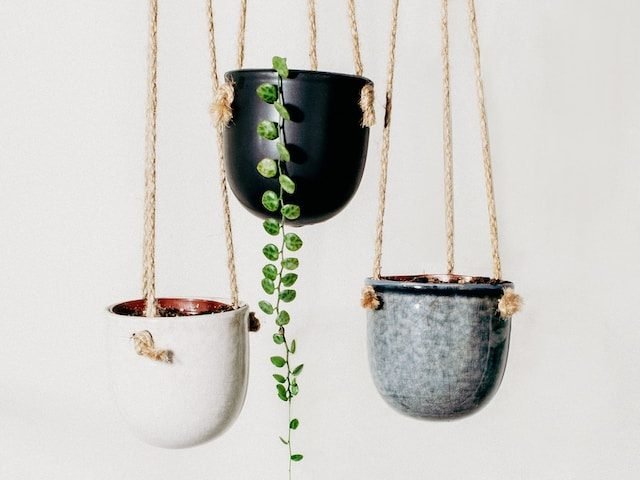
If there is one colour you don’t want your Polka Dot Plant to be, it’s brown! This signals that something is wrong and your plant is suffering from either the wrong care or the wrong environment. There are a few different things can that lead to your Polka Dot Plant developing brown leaves, from watering issues to improper sunlight or fertiliser amounts. Below we will go through each of these individual reasons to help you figure out what is causing the brown leaves on your Polka Dot Plant.
Underwatering can cause brown patches
Whilst your Polka Dot Plant can often forgive you for the occasional time you forget to water it, consistent underwatering can lead to brown leaves developing on your plant. If you notice that your Polka Dot Plant’s leaves are turning dry and crispy (usually starting from the tips and edges of the leaves inwards) it may be due to underwatering, as it can’t continue to keep all of the leaves alive.
Check the moisture in the soil immediately and if it feels very dry, almost like dust, then you are probably underwatering. You can also tell if the problem has been going on for a while by looking at the root system. Shrivelled, dry and crispy roots are a sign of an underwatered Polka Dot Plant.
To solve the issue, your first instinct might be to give it loads of water straight away but this can actually be harmful to your Polka Dot Plant. If there is a sudden change in your plant’s environment whilst it is already struggling, it can cause your plant to go into shock and lose some of its leaves. Instead, you want to reintroduce frequent watering for a few weeks and this should solve the problem.
It could also be a lack of sunlight
Polka Dot Plants like ample indirect sunshine to thrive, and if they spend too long in a shady spot, they may start to develop brown areas on their leaves. A lack of light can also result in very leggy growth, faded leaf patterns or just a lack of growth altogether.
To solve the issue, and prevent any more brown leaves from forming on your Polka Dot Plant, move it to somewhere that gets a little bit more sunshine throughout the day. Just avoid direct light as this can burn the delicate leaves.
Chemical sensitivity can also cause brown leaves
If it is just the tips of your Polka Dot Plant that are starting to turn brown and it doesn’t really go beyond that very quickly, then it might also be a reaction to the salts and chemicals found in your tap water. These can build up around the root system over time and cause brown leaf tips to develop. Using tap water isn’t often an issue but if you live in an area will really hard water then this can have an effect over time.
There are two ways to make sure that the water you give them has reduced levels of these chemicals. Firstly you can leave a jug of tap water for around 24 hours to allow for a lot of the chemicals to evaporate. Another method is using rainwater to give to your houseplants to make sure chemical levels are lower than the treated water that comes out of your tap.
Too much fertiliser
Polka Dot Plants enjoy being fed once a month during spring and summer but not more. And they really shouldn’t be given any fertiliser during autumn and winter as this is the dormant period. Fertilising during these months, or more regularly than the recommended amount during summer, can lead to brown leaves forming on your Polka Dot Plant.
As well as reducing the frequency of fertilisation, try to use a diluted water-soluble fertiliser on your Polka Dot Plant to ensure that it does not cause any shock or damage to the plant. Remember you can also skip the fertiliser part altogether and still see plenty of healthy colourful leaves.
Those are the 4 main reasons why Polka Dot Plants develop brown leaves. The most common tends to be lighting or water-related so make sure you rule these out first. If you have caught the issue early, and your Polka Dot Plant only has a few brown leaves then this should be very easy to rectify. However, if the problem has been going on for a while then we tend to recommend taking a cutting from a healthy section of your plant to propagate in case you aren’t able to solve the problem.
To learn more about how to propagate and care for your plant, then check out our Polka Dot Plant care guide.















